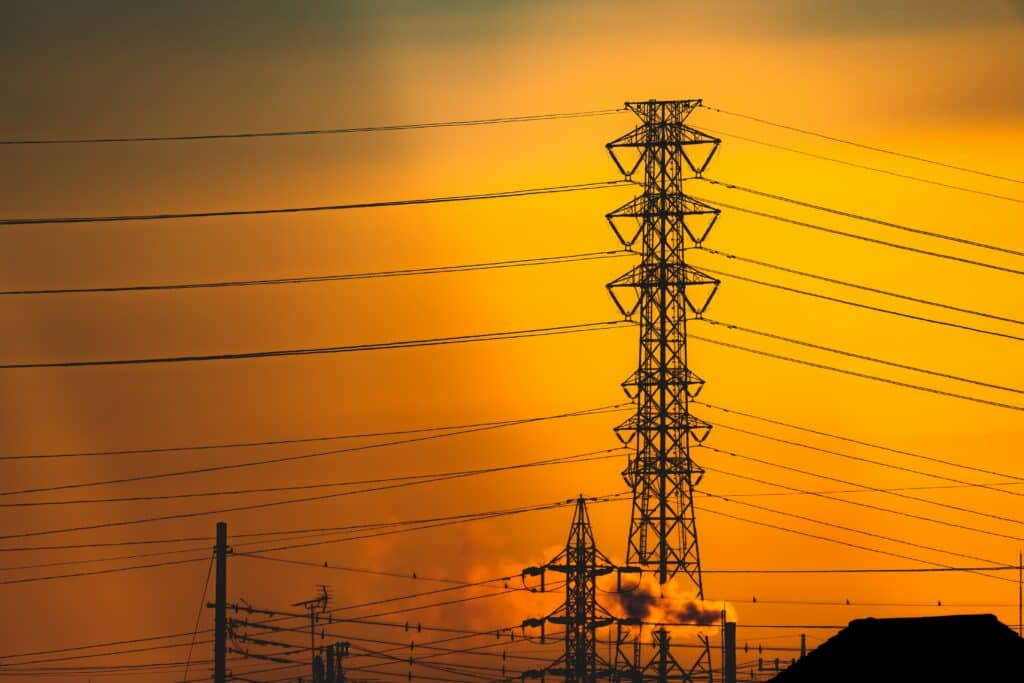Written by S. Ambec and C. Crampes (Toulouse School of Economics)
Is it possible to generate our electricity exclusively from renewable energy? This issue has given rise to lively debates in most countries but, in the USA, it can end up in court. If this has to be the ending of scientific controversies in years to come, then lawyers have a bright future ahead of them.
The Oyster and the Litigants
On the one hand, a group of scientists led by Mark Jacobson, professor of engineering at Stanford, who believe that the generation of 100% green electricity is technically possible, economically viable and socially desirable by 2050. In a paper published by the American Academy of Science,[1] the authors imagine a world in which the energy that we consume for various uses (heating and transport included) would be generated exclusively by the wind, water and the sun and distributed by the grid. Their study relies on data and estimations of the costs and availability of the three primary sources of energy in continental USA.
To the usual objections raised when it comes to electricity (large scale storage not possible at a reasonable cost) and renewable energies (cyclic and unreliable), the authors posit storage by the thermal resilience of materials (heating and cooling), hydraulic pumps and transformation into hydrogen. In doing so, they obtain an energy mix without natural gas, oil, nuclear power, biofuels or batteries. Adding consumers’ environmental-friendly behaviour, they find that the economic cost of their solution would be more than offset by savings related to a reduction in air pollution.
On the other hand, another group of scientists led by Christopher Clack from the University of Colorado, argue that Jacobson’s study contains modelling errors and make implausible and inadequate supported assumptions. In a paper published in the same scientific review, they conclude that the performance and cost of a 100% wind, water and sun scenario are not supported by adequate and realistic analysis and do not provide a reliable guide to whether and at what cost such a transition might be achieved.[2]
The next episode could have consisted of exchanges of arguments, or even invectives , in the scientific reviews and during conferences. But Jacobson (without his fellow authors) instead decided to sue for defamation against the American Academy of Science and against Clack (but not his fellow authors), demanding $10 million in compensation for the harm suffered.[3] It must be said that Jacobson has become a media star and that he is supported by political and showbiz figures, including Leonardo DiCaprio.[4] The credibility of his report is therefore not simply a question of scientific rigour. It also concerns a pro-green energy movement (and industry). The financial stakes are such that it has been easy to find lawyers to go to court. It is a precedent that could affect the way scientific research is conducted.[5] As for the benefits, like in Jean de Lafontaine’s fable[6] one can bet that neither of the litigants would have swallowed the oyster. It turned out that on February 22 Jacobson withdrew his libel suit,[7] considering that the public debate arising from it was satisfaction enough. The other reason, which he freely admitted, is that the legal proceedings are far longer and more costly than the academic debate. This could have marginalised him, even in Stanford itself.
Looking for space
Overall, what lessons can be learnt about the ‘100% wind, water and sun’ controversy?
The first lesson is a reminder of the cost of natural energies in terms of the space they occupy. Wind and solar power have relatively low energy density per square metre. The best estimate currently available for land usage by on-shore wind farms is 0.33 km2/MW, including the spaces between turbines. According to Clack, Jacobson’s project would translate into half a million square kilometres, more than twice the total surface area of all urban areas in the United States. A further 100,000 square kilometres of land would have to be added for the photovoltaic and solar concentration plants, an area equivalent to the State of Kentucky. To reach the 2050 goal, every day more than 60 km2 of new land would have to be allocated to facilities to generate energy. It is technically possible (a large part of the land occupied by wind turbines can still be farmed), but the cost is colossal. More generally, we could criticise the work done by Jacobson’s team for extrapolating the results obtained by a few small facilities using relatively immature technologies on a continental scale.
Storage capacity
Secondly, the case serves to remind us that energy storage technologies are just as important as the electricity generated by windmills or solar panels. Indeed the generation of 100% renewable energy relies entirely on weather conditions. One can always increase generation capacity in wind and solar power, but without a real-time change in consumption there will always be a shortfall in solar energy (after sunset, naturally, but also in cloudy weather), and wind power when there is too much, or not enough, wind. As an example, the installed wind farm capacity in France of 13,541 MW produced only 671 MW on 19 February this year at 11:30 am, less than 5% of its potential.[8] Consumption at the time was 76,780 MW, so wind supplied less than 1% of demand whereas wind turbines represent roughly 11% of the capacity for electricity generation. If we take away the 14,256 MW of hydraulic power and the 2,347 MW of solar energy generated at that moment, there is still 63,130 MW left to find, equivalent to 100 times the actual generation from wind power! Another obvious solution is to use the reserves of electricity accumulated during periods when there is oversupply from renewable sources.
This observation would argue in favour of a reallocation of public funds from wind and solar power to energy storage technologies. Public authorities should foster innovation and investment in storage facilities to support the increased penetration of intermittent energy sources. The generous feed-in tariffs for wind and solar power have substantially contributed to reducing the costs of wind turbines and solar panels and improving their output, thus increasing the installed capacity. Similar progress is needed for the storage of energy.
Reduction in CO2 emissions
The third lesson is that the target of 100% renewable energies, although it is very appealing and highly mediatised, is misleading. It suggests that green energies respond to the scarcity of fossil fuels which are, by nature, non-renewable and therefore must be replaced. In reality, it is now clear that we will not be able to extract all the coal present underground without seriously damaging the climate and placing the survival of human race at stake. The real issue is that of the stock of greenhouse gases in the atmosphere and not the stock of fossil fuels underground. The objective should therefore be expressed in terms of greenhouse gas reductions, rather than the share of renewables in the energy mix. Instead of restricting the choice of technologies to the renewable resources, we should rather make use of all available resources to reduce these emissions at the lowest possible cost. Why not make use of exhaustible natural resources to generate or store electricity if the economic and environmental outcome is better? Ideally, we should take into account all the environmental costs of the various sources of electricity generation, including air pollution (particulate matters, nitrogen oxides, and sulphur dioxide), the production of waste (especially nuclear waste) and the radiation risk. The decarbonised energy mix, including storage, should come out as a solution of an optimization program based on the costs of the resources and the polluting emissions, and not based on technological preferences.
* * *
The fact that Jacobson withdrew his suit is good news for research. In the distant past, the holy Inquisition would have handled the debate. More recently, the case could have been settled by a duel. A trial with a secular judge is a gentler way of resolving conflict. But academic debate remains a better solution.
[1] http://www.pnas.org/content/112/49/15060
[2] http://www.pnas.org/content/114/26/6722
[3] http://www.sciencemag.org/news/2017/11/10-million-lawsuit-over-disputed-energy-study-sparks-twitter-war
[4] https://cee.stanford.edu/news/what-do-mark-z-jacobson-leonardo-dicaprio-and-united-nations-have-common
[5] See this article in the Washington Post: https://www.washingtonpost.com/news/volokh-conspiracy/wp/2017/11/03/when-scientists-sue-scientists/?utm_term=.7343c1d2d8ac
[6] The Oyster and the Litigants by Jean de Lafontaine, http://www.musee-jean-de-la-fontaine.fr/jean-de-la-fontaine-fable-uk-143.html
[7] http://web.stanford.edu/group/efmh/jacobson/Articles/I/CombiningRenew/18-02-FAQs.pdf






